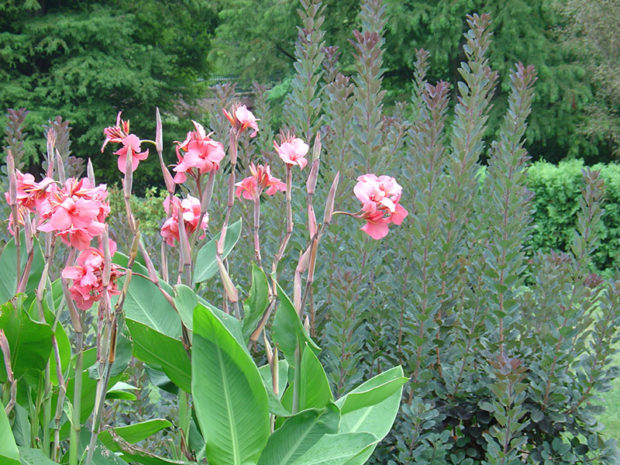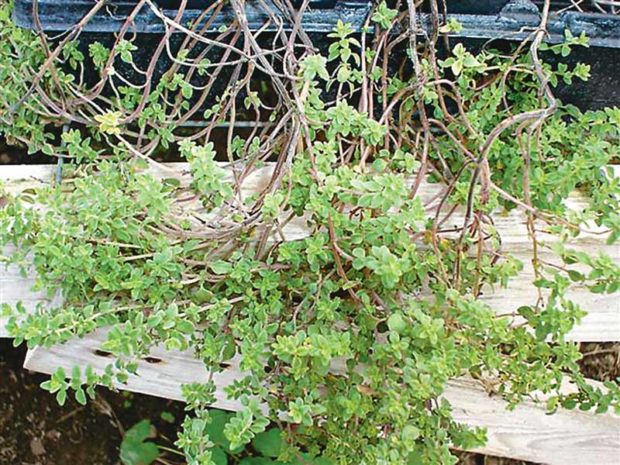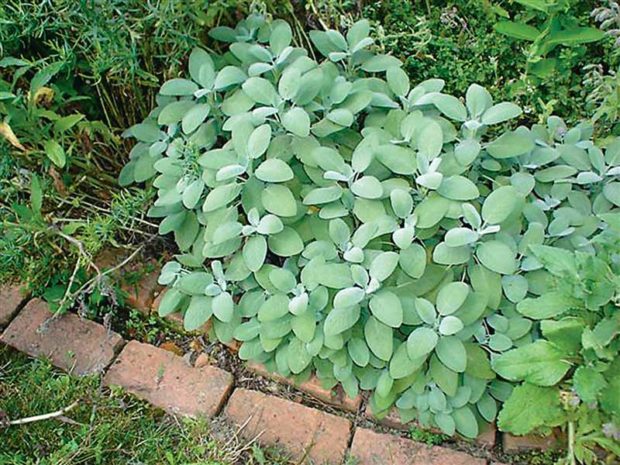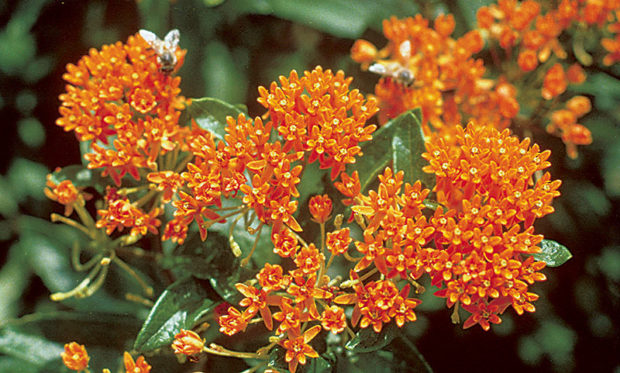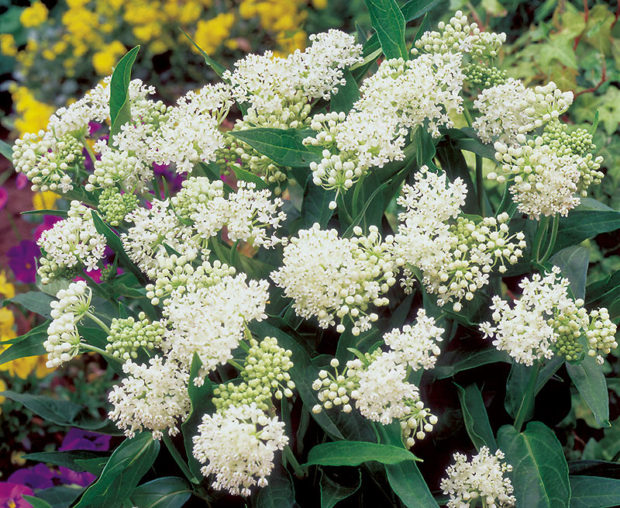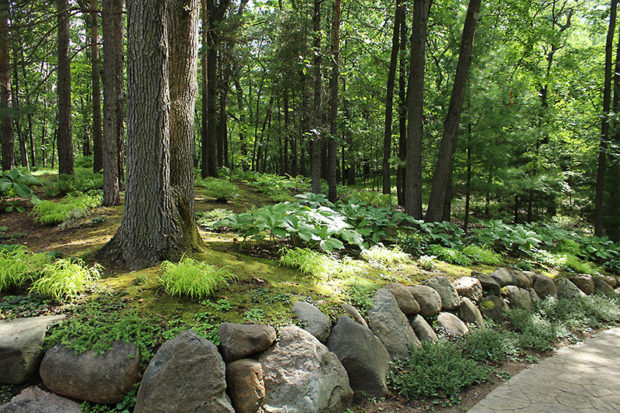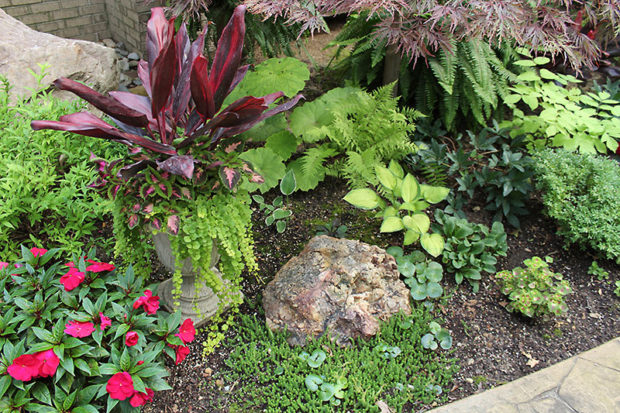Our several-year-old vegetable garden is high in organic matter but has no earthworms — none at all. What are possible reasons and potential solutions? If the soil is not healthy for worms, is it lacking something important? Our lawn adjacent to the garden has plenty of worms.
A productive garden thoroughly depletes the organic matter to produce those prize-winning squash and tomatoes. So we correctly add organic matter annually. The problem may lie in the method.
There are also different kinds of earthworms. Some live closer to the surface as evidenced by those living in your lawn. Epigeic species live in or near the surfaceplant litter. They are typically small and are highly adaptable to variable water and temperature conditions associated with lawn culture. Endogeic species are more mobile, making temporary tunnels, and live in the upper soil layers feeding on soil and organic matter. Then there are the deep-burrowing anecic species, which we often call “nightcrawlers.”These guys drag surface litter down into their burrows which can be several feet down below the soil surface.
The nightcrawlers are much more common in the north and east where there are clay and loam soils. Something that gardeners do not realize is that continuous tillage or disturbance of the soil will cause most earthworms to vacate the premises. Remember your lawn soil is rarely disturbed. If you mechanically rototill organic matter into your garden every year or vigorously deep dig your soil before planting, you may be chasing the worms away. They don’t get the chance to do their job. You keep destroying their optimum working conditions.
Examine your garden prep and add compost into the top 6 inches instead of deep tilling. The vegetables will still take all that they need. Cultivate it in by hand rather than mechanical means. Continue to practice good crop rotation.

